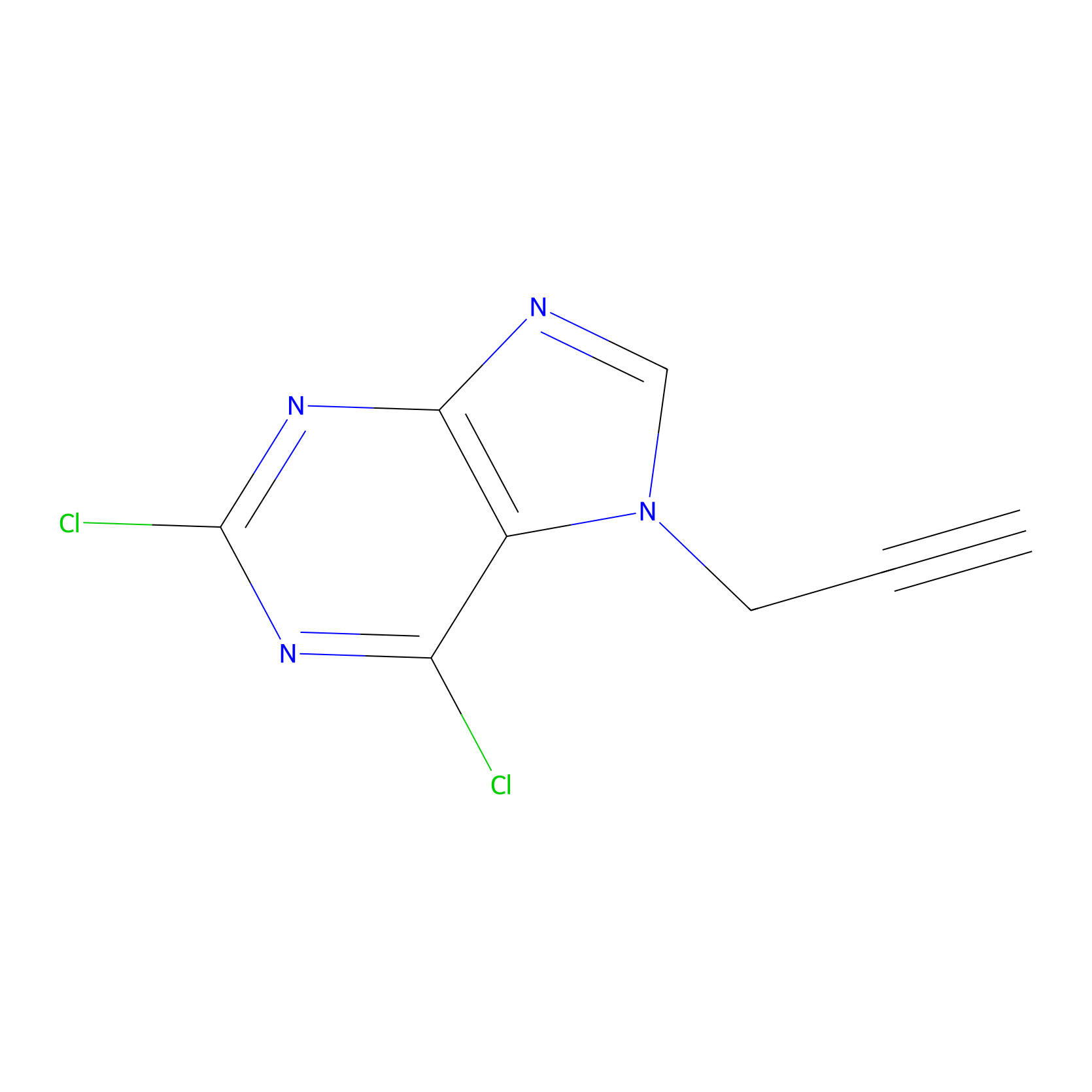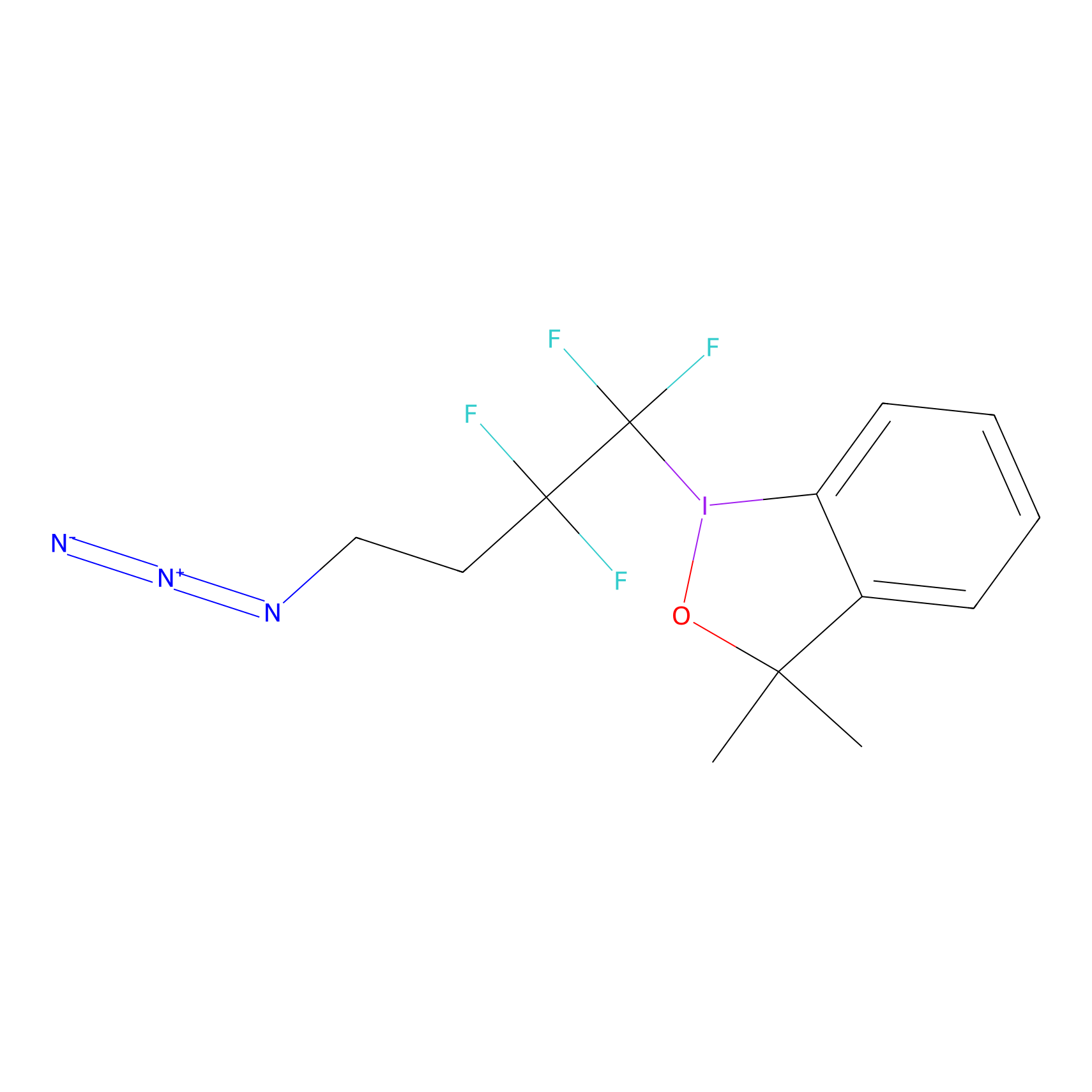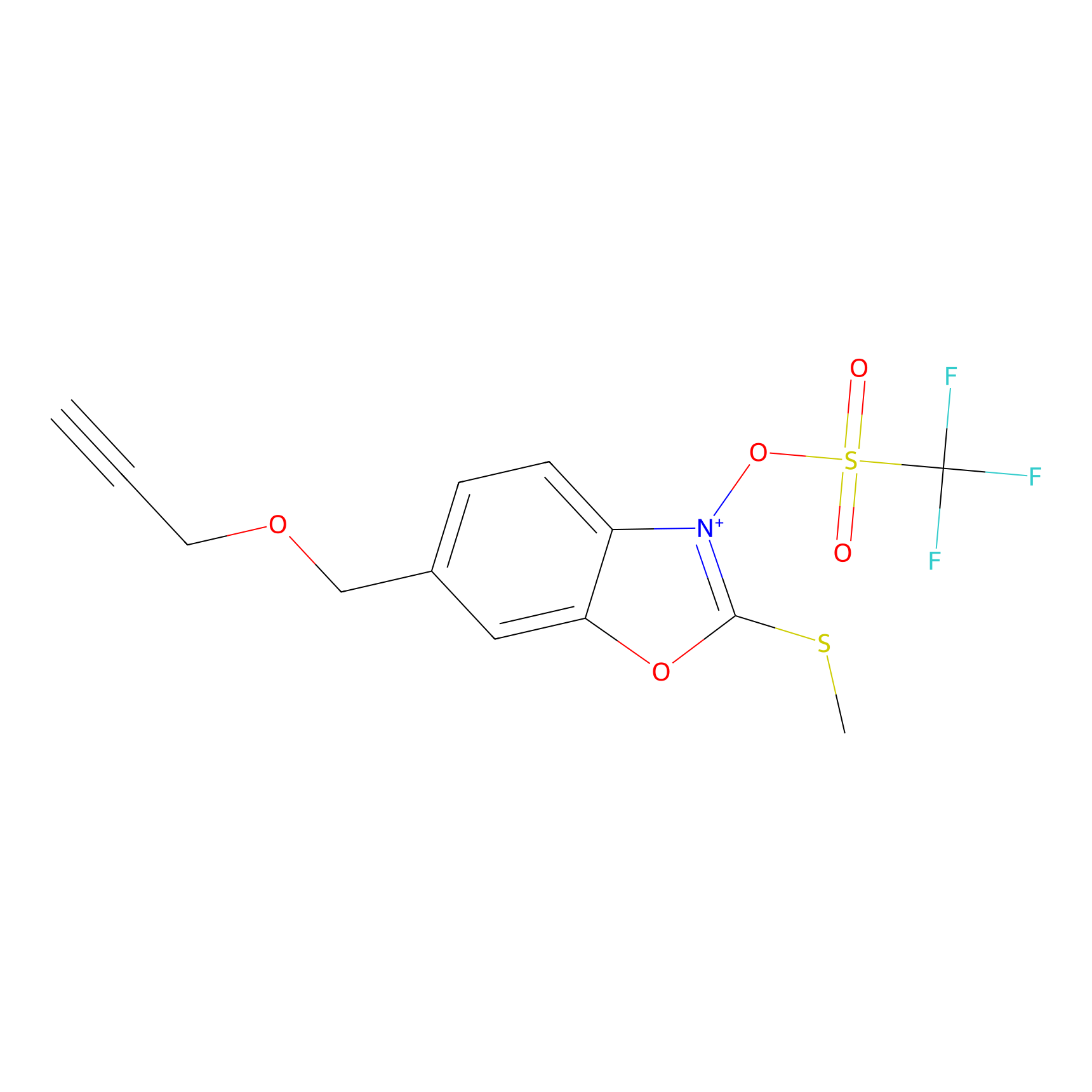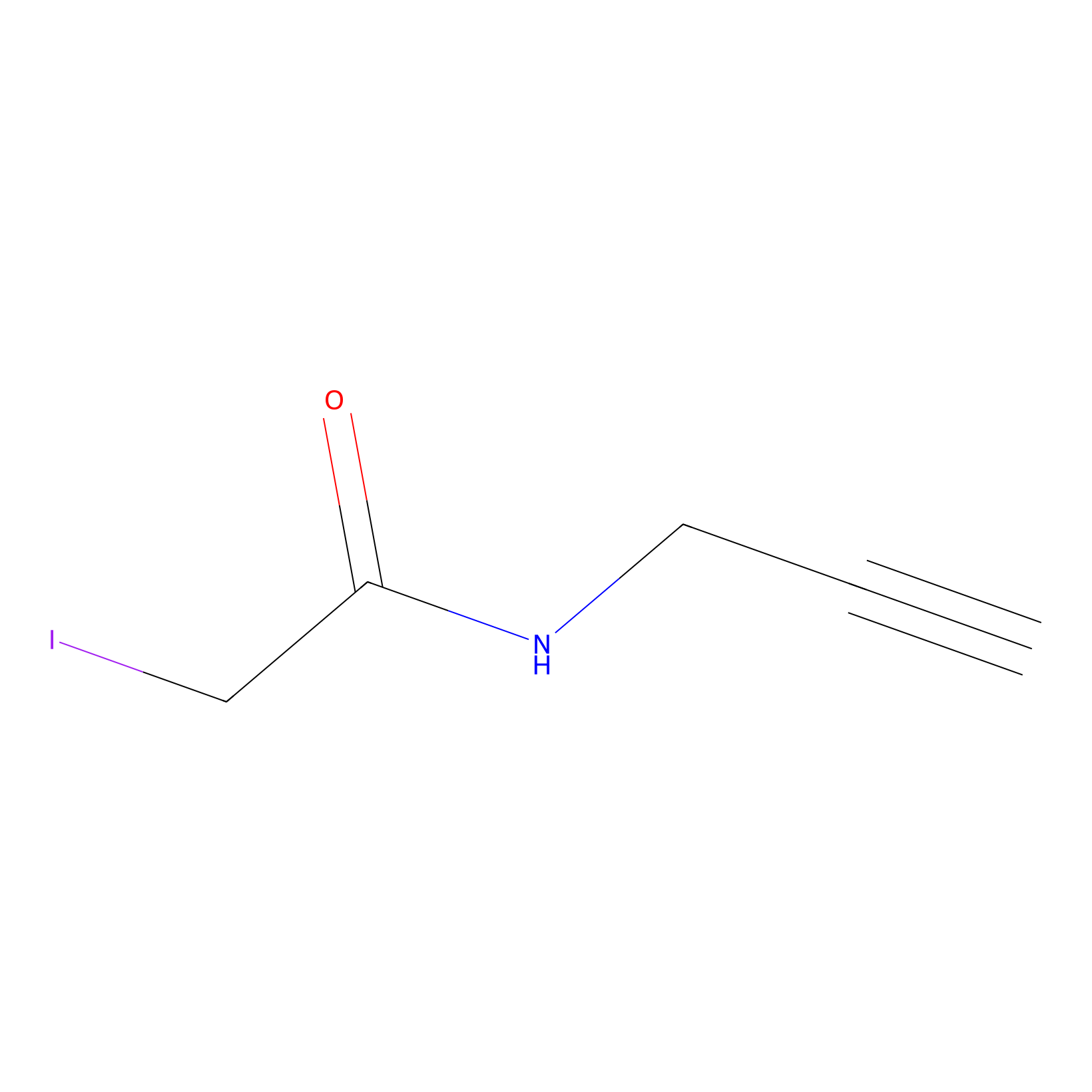Details of the Target
General Information of Target
Probe(s) Labeling This Target
ABPP Probe
| Probe name | Structure | Binding Site(Ratio) | Interaction ID | Ref | |
|---|---|---|---|---|---|
|
DBIA Probe Info |
 |
C77(4.93) | LDD3419 | [1] | |
|
AHL-Pu-1 Probe Info |
 |
C244(3.17) | LDD0170 | [2] | |
|
TFBX Probe Info |
 |
C49(0.00); C193(0.00) | LDD0027 | [3] | |
|
1d-yne Probe Info |
 |
N.A. | LDD0356 | [4] | |
|
IPM Probe Info |
 |
C49(0.00); C193(0.00) | LDD0147 | [3] | |
Competitor(s) Related to This Target
The Interaction Atlas With This Target
The Protein(s) Related To This Target
Other
| Protein name | Family | Uniprot ID | |||
|---|---|---|---|---|---|
| Centrin-3 (CETN3) | Centrin family | O15182 | |||
| Protein MAL2 (MAL2) | MAL family | Q969L2 | |||
| Tuberin (TSC2) | . | P49815 | |||
The Drug(s) Related To This Target
Approved
| Drug Name | Drug Type | External ID | |||
|---|---|---|---|---|---|
| Flavin Mononucleotide | . | DB03247 | |||
Investigative
References
